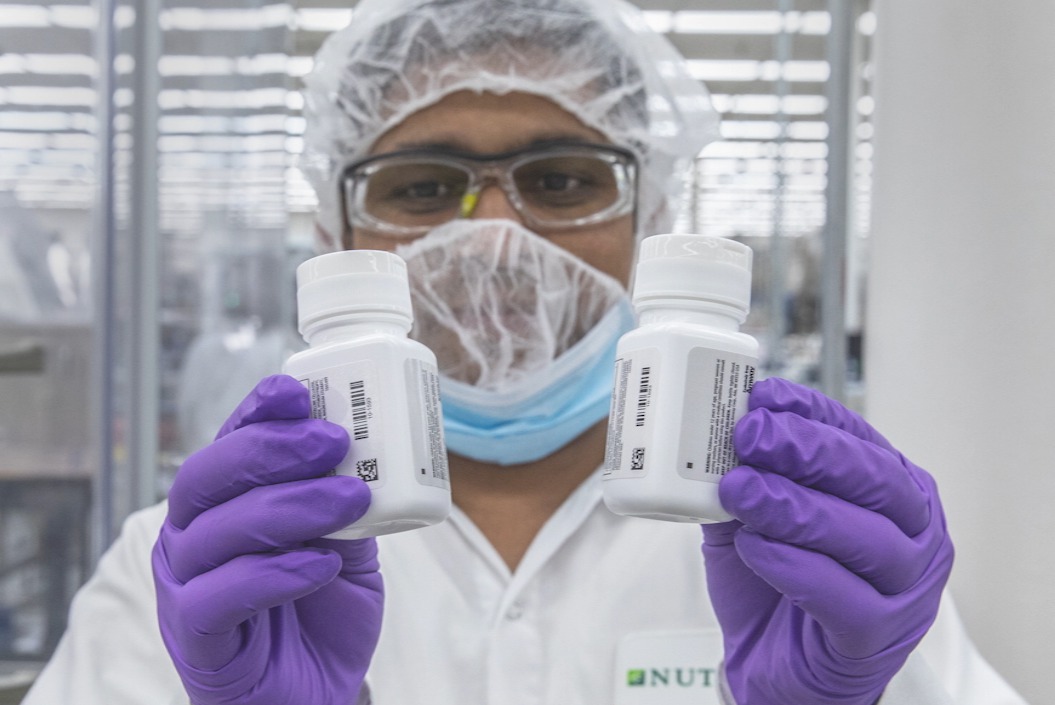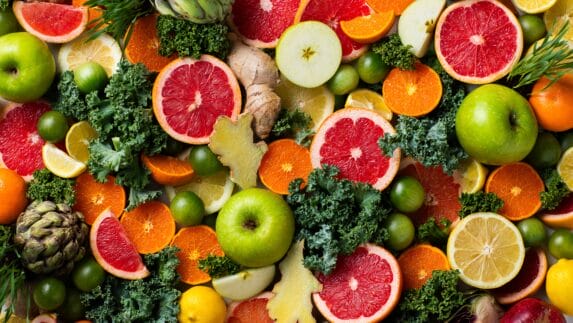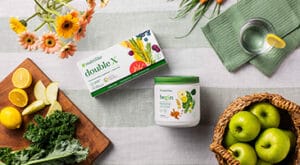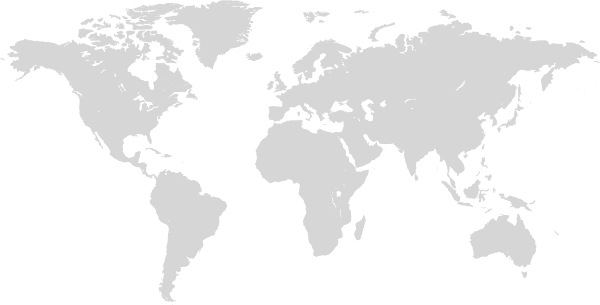In a global economy, products can come from anywhere in the world. With so many options, the challenge is knowing the backstory of how everything is grown or made.
That’s why Amway puts an emphasis on traceability when sourcing the highest-quality raw ingredients for Nutrilite supplements. This commitment involves a careful tracking of seeds, plants, farms, water and nutrients that far exceeds industry standards.
Amway’s team of agricultural researchers, farmers, chemists, microbiologists, chemical engineers, and toxicologists ensures Nutrilite supplements are effective by making sure the ingredients are pure and safe.
Testing plays an important role such as making sure ingredients are harvested when they are at their peak for nutrients, according to Jennifer Chuang, a Senior Research Scientist at Amway.
“Phytochemicals in plants produce things that enhance the effect of vitamins. That’s what we are trying to capture. We put our attention to the important things that can help the body make the most out of these nutrients,” Chuang said.
Why traceability is important
Traceability means knowing where materials came from, what happened to them and where they stopped along the way. This tracking is designed to prevent contamination and tampering while assuring customers that Amway stands behind its product promises.
This process is crucial to protecting consumers’ safety, said Sam Kilgore, Nutrition Quality Engineering Group Manager.
When raw materials arrive at Nutrilite operations in Buena Park, California, the Quality Assurance team immediately inspects the shipment. The company has very strict specifications for all of the materials used to make Nutrilite products.
As important as what is in raw supplies is what isn’t. Materials are screened for heavy metals and microbes, especially harmful ones such as e. Coli and salmonella.
A critical tool of traceability is the COA or Certificate of Analysis. Issued by the Quality Assurance team, this document describes the material and the results of testing that has been performed. Nutrilite goes beyond regulatory standards by taking samples of all materials and testing them in its own lab to confirm their high quality.
Testing at every step
During the receiving process, the raw material is moved to a sampling tent, a controlled environment in the middle of a large warehouse, to prevent contamination by other materials in the facility.
“Once we receive something and we’ve ensured that it is what it’s supposed to be, now it’s really up to us to ensure that we’re not contaminating it in any way, and that really comes down to having very detailed instructions and records of your actual production activities,” Kilgore said.
After the materials arrive, the testing continues. Samples are taken along every step of the manufacturing process — from the granulation process through compression or encapsulation to packaging.
Every farm that furnishes botanicals used in Nutrilite products must meet Amway’s strict NutriCert quality standards for purity, safety, and efficacy. Suppliers must go through this rigorous process to ensure they meet Amway’s high standards.
This rigorous process of documentation is based on the principles that Nutrilite founder Carl Rehnborg used to establish his farm more than 80 years ago.
For more details on Nutrilite’s traceability initiatives, visit nutrilitetraceability.com.




